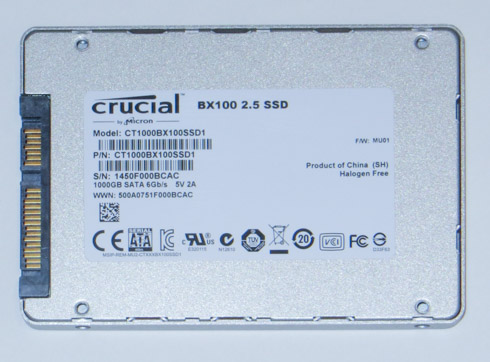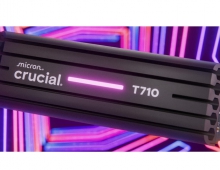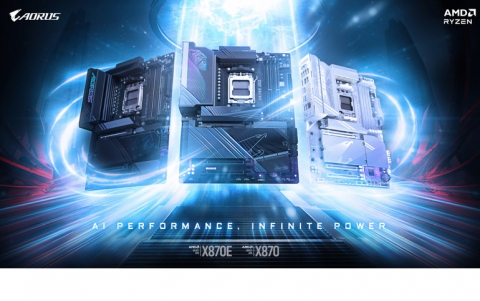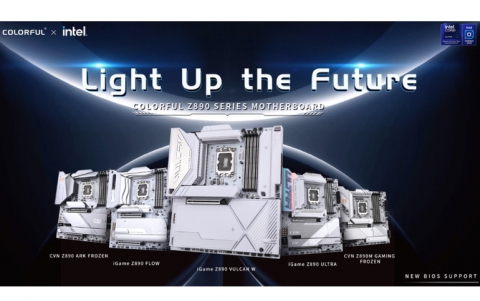Crucial BX100 1TB SSD review
2. Package, installation
The drive retails in the familiar for Crucial SSDs package you see below:

The BX100 SSD consists of a metal chassis, with a design that looks not so different than its the previous M-class SSDs. Its 2.5-inch, 7mm SSD enclosure has a sticker placed on the front side with as product information label.

The drive's slim 7mm profile allows the SSD fit into applications including notebooks, ultra-thin tablet PCs and ultrabooks. The drive is also rounded out on the edges with standard SATA power and data connectors on the front.


At the heart of the BX100 SSD is the Silicon Motion's 2246EN controller with 16nm 128Gbit NAND.

The 6Gb/sec SSD controller has a standard 4-channel configuration, though there are fewer steps in the pipeline as compared to SandForce and other controllers, which should help decrease latency and improve efficiency. There is also no compression engine, which means power consumption should be further reduced.
It supports sequential read performance of up to 540 MB/s and sequential write of up to 410 MB/s. it also delivers up to 80,000 random read IOPS and up to 75,000 random write IOPS.
SI claims that the controller's average power consumption is 60mW. It also features a configurable ECC engine that allows for consistent data throughput and performance throughout the entire SSD lifecycle.
The controller also supports high toggle, ONFI and asynchronous NAND.
The drive came with firmware Ver.MU01 installed and as you see below, the available capacity for the user is 953.87 MB (1 TB drive).
The readout on CrystalDiskInfo shows that NCQ and S.M.A.R.T. are enabled, as well as TRIM and DevSleep:


Finally, Crucial has launched its own toolbox for SSDs, called the Crucial Storage Executive. The 1.0 version is a toolbox with support for firmware updates, drive monitoring, secure erase and PSID revert. Supported drives are currently the M500, M550, MX100, MX200 and BX100 and the software is already available for download from Crucial's website.
























